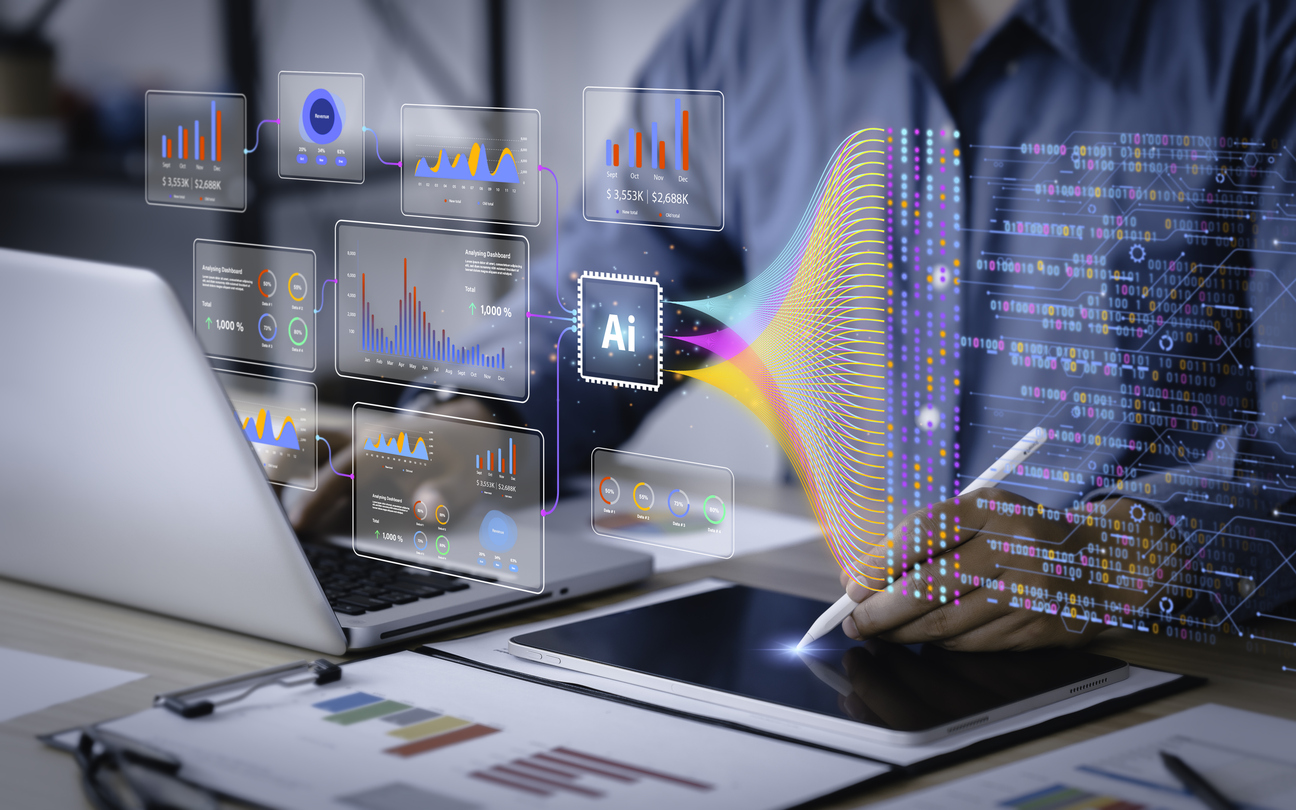The food and beverage (F&B) production and distribution industry has long operated on the backbone of efficiency, supply chain agility, and consumer trends. But in today’s volatile market—rattled by geopolitical shocks, sustainability mandates, and shifting consumer expectations—competitive advantage no longer lies solely in logistics or pricing. It lies in intelligence.
And not just any intelligence—Competitor Intelligence powered by AI and Big Data.
In this post, we explore how F&B manufacturers and distributors are leveraging cutting-edge technologies to monitor rivals, decode market movements, and shape smarter, faster, and more resilient strategies.
Why Competitor Intelligence Matters Now More Than Ever
In a global industry where ingredient costs fluctuate by the hour, innovations get copied within months, and consumer loyalty is thin, staying one step ahead of competitors is existential.
But traditional CI methods—manual market reports, outdated surveys, and trade gossip—are insufficient in a real-time, data-saturated environment.
The modern F&B producer needs AI-enhanced, big-data-driven competitor intelligence to answer questions like:
-
What sustainability claims are competitors making, and are they credible?
-
Who’s investing in new fermentation or packaging tech?
-
Which distributors are shifting their supply partners, and why?
-
What SKUs are competitors quietly delisting or scaling up?
The AI + Big Data Edge in Competitor Intelligence
1. Real-Time Competitive Benchmarking
AI systems can scrape and synthesize data across multiple sources—product recalls, patents, certifications, media releases, regulatory filings—and provide real-time visibility into competitor actions.
▶ Use Case: A beverage distributor uses NLP-powered tools to scan global import/export data, identifying a rival’s quiet entry into a new Asian market weeks before the official announcement.
2. Predictive Trendspotting Across the Value Chain
Big data analytics enables F&B companies to track upstream and downstream competitor behavior—like supplier switches, sustainability certifications, or R&D collaborations—that signal future product launches or strategic pivots.
▶ Example: A dairy producer uses satellite imagery and yield prediction AI to forecast a competitor’s likely sourcing shift from European to North American dairy farms, due to drought-induced shortages.
3. Innovation Tracking through Patent Intelligence and Scientific Literature
AI models trained on patent databases and academic research can detect early signals of innovation from competitors—whether it’s fermentation techniques, alternative protein substrates, or biodegradable packaging.
▶ Insight: A protein bar manufacturer discovers a rival’s patent filing in enzymatic protein breakdown, prompting a faster internal R&D sprint to stay relevant.
4. Supply Chain Mapping and Disruption Detection
With global distribution networks, even minor disruptions can create ripple effects. AI-powered CI tools can analyze transportation logs, customs filings, and shipping data to understand competitor vulnerabilities or logistical pivots.
▶ Scenario: A food packaging distributor identifies that a rival is rerouting shipments from Vietnam to Poland instead of China, likely due to a regulatory embargo—and uses the window to gain pricing advantage.
5. ESG Claims and Greenwashing Watchdogs
In an age of eco-conscious consumerism, AI can scan ESG disclosures, carbon credit registries, and social media to verify or challenge competitors’ sustainability claims.
▶ Advantage: An ingredient supplier catches a competitor’s overstatement in its “net zero” claim and uses the insight to prepare a credibility-focused campaign with third-party certification evidence.
How Leading F&B Players Are Structuring This Intelligence
To truly operationalize AI and Big Data for CI, F&B companies are developing:
-
Quarterly Competitor Dashboards combining product launches, pricing shifts, hiring trends, and R&D signals.
-
Fortnightly Action Plans for key regions or categories based on competitor distribution or reformulation activity.
-
Real-Time Alerts when rivals file new trademarks, patents, or regulatory submissions.
These aren’t isolated reports—they feed into strategic decisions about procurement, innovation, partner selection, and even risk mitigation.
Strategic Implications for F&B Manufacturers and Distributors
-
Innovation Acceleration: With insights into competitor R&D and tech bets, firms can time their own product development more competitively.
-
Procurement Strategy: Monitoring who your competitors are sourcing from allows preemptive renegotiation or supplier diversification.
-
Reputation Management: Being alerted to ESG missteps or regulatory penalties across the industry provides a chance to highlight your strengths.
-
M&A and Market Entry Timing: Real-time signals from AI-powered CI tools improve decision timing for acquisitions or new territory entries.
Conclusion: Intelligence Is No Longer Optional—It’s Infrastructure
In the hyper-competitive and increasingly transparent world of food and beverage production and distribution, those who rely on static dashboards and quarterly competitor PDFs are already behind.
The winners are deploying living, learning intelligence systems—powered by AI and fed by Big Data—that continuously monitor, predict, and adapt to the moves of competitors across geographies and supply chains.
In this new era, competitor intelligence is not just a strategy layer—it’s operational muscle.






 Hi, This is Emma. Let’s get the conversation started!
Hi, This is Emma. Let’s get the conversation started!